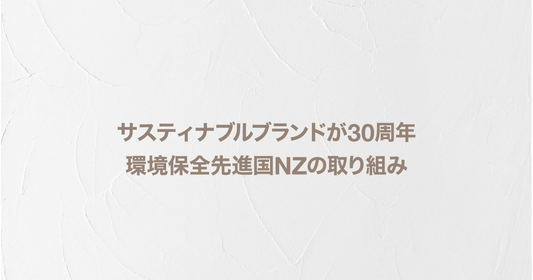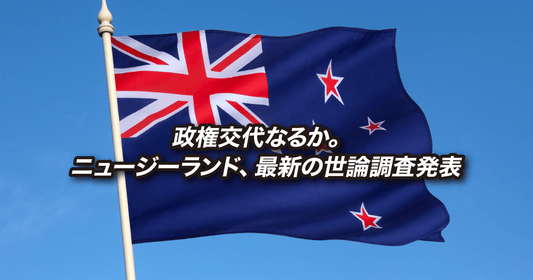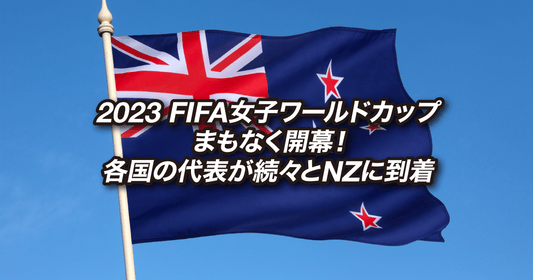
Kiwifruit is a local specialty of New Zealand that is immediately associated with the country. It is imported to Japan and readily available in supermarkets, making it a familiar fruit to Japanese people.
Sungold, a kiwifruit developed by Zespri, which is responsible for selling kiwifruit in New Zealand, is being illegally grown in China, causing problems.
Kiwifruit is New Zealand's treasure
The seeds of the kiwi fruit variety were brought to New Zealand in 1904 by Isabel Fraser, a headmistress of a girls' school. At that time, kiwi fruit was known by names such as Chinese gooseberry and monkey peach.
In 1927, a New Zealander named Hayward Wright commercialized the variety and it was cultivated commercially. This was the birth of the Hayward variety, the most common green kiwifruit.
The name "kiwifruit" was given to it when it was exported to the United States, after the Kiwi bird, the symbol of New Zealand. The color and round shape of the Kiwi bird may seem similar to the Kiwi fruit, but that is not the reason for the name. Some people also think that the Kiwi bird was named after the Kiwi fruit, but the bird came first!
Kiwifruit accounts for one third of New Zealand's horticultural exports, and 90% of the kiwifruit grown in the world is grown in New Zealand, making it a true New Zealand treasure.
More than 10 years in development, what is Sungold?
Zespri is a global company headquartered in New Zealand, and since its establishment in 1997 has been selling New Zealand-grown kiwifruit around the world.
In Japan, the Zespri Kiwi Brothers, characters modelled on two types of kiwi fruit, have gained considerable recognition through TV commercials and appearances in supermarkets, etc. This is an example of successful marketing not only for New Zealand products but also for imported products from other countries.
Sungold, which Zespri developed over 10 years, has yellow flesh as its name suggests, and the skin is a little lighter in color than the standard green kiwi. Kiwifruit is a nutritious fruit rich in vitamin C, but Sungold has more than twice the vitamin C of green kiwi! It is also characterized by a mellow and sweet taste compared to the sour green kiwi.
By the way, green kiwi has twice the dietary fiber. Each has its own unique taste and nutritional value, so it is recommended to eat it according to your preference. On Zespri's website and social media, there are many recipes that can be used not only for sweets but also for cooking.
Illegal cultivation in China doubles in six months
Sungold was developed and owned by Zespri, and kiwi farmers in New Zealand are allowed to grow it by paying a large license fee.
However, this right is being ignored and it is being cultivated without permission in China. Illegal cultivation in China, which was estimated at about 2,500 hectares six months ago, is now said to have increased to about 4,000 hectares. This is a considerable amount of land, considering that Sungold is cultivated in New Zealand on about 7,500 hectares.
According to Zespri executive Dave Courtney,
It is important to understand the quality of the Sungold that is being illegally grown in China. If high quality is sold, it will pose a threat to New Zealand Sungold. Unfortunately, it seems that a lot of it is only of average quality.
While it is nearly impossible to eradicate illegal cultivation, Zespri is pursuing Plant Variety Rights to reduce illegal cultivation as much as possible and is considering taking legal action against Chinese kiwi farmers.
While Chinese authorities understand that New Zealand has breeder's rights, they are of the view that the individual illegal growers are small and it would be difficult to control them all, and they appear keen to find a solution.
Measures against illegal cultivation are still at the starting point, and future developments will be closely watched.





